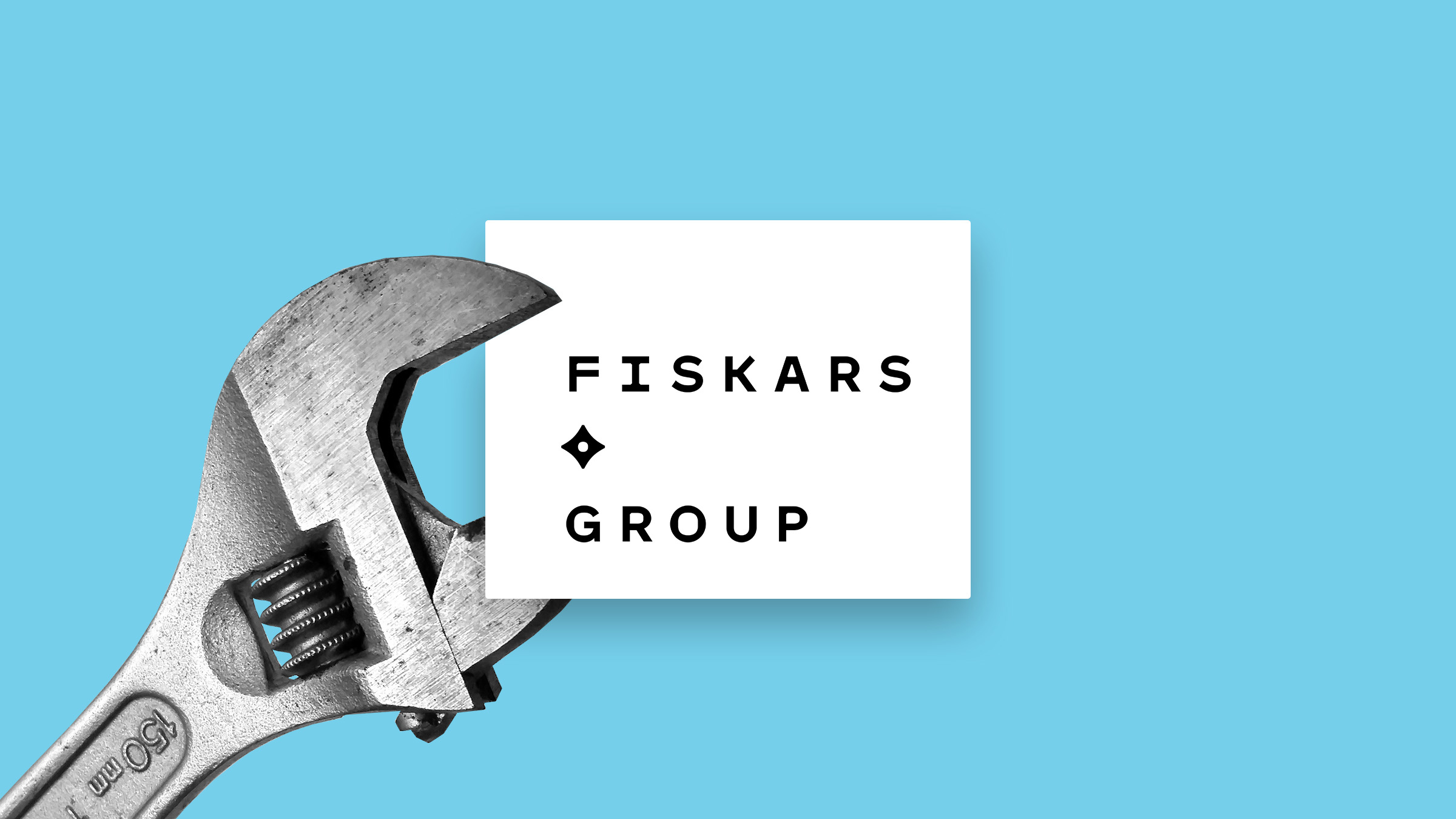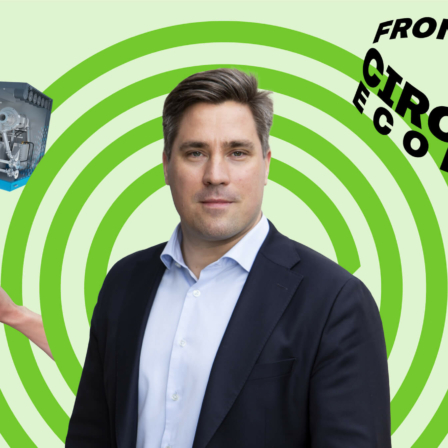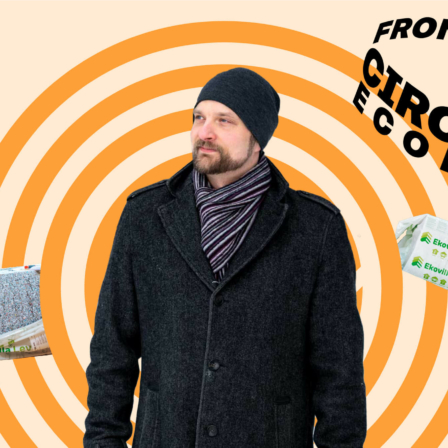Problem
As years go by, people often accumulate a lot of crockery they do not need, or crockery may break. In Finland, it is not currently possible to recycle earthenware and everyday-use glass items, which is why such objects end up in mixed waste. This increases the manufacture of new crockery from natural resources.
Solution: resale service for second-hand crockery
Vintage offers consumers a resale service for Arabia and Iittala crockery. The customer sells a used item to an Iittala shop, where the product is sold on to other customers. The customer gets compensation for the product in the form of either a voucher for Iittala shops or cash. The solution keeps products in use for a longer time, thus extending their life cycle. If the product sold to the shop is in poor condition, no compensation is paid, but the article is recycled. Earthenware products are sent to Tiileri Oy to be ground as raw material for tiles, while L&T recycles glass for use as insulating material (foam glass or glass wool).
Fiskars Group’s revenue logic and benefits for Iittala and Arabia
Fiskars buys used crockery from consumers and sells them on at a higher price than they purchased them for. Sales personnel at Iittala shops have been trained to assess the value of used crockery and to grant customers a reimbursement in accordance with the condition of the item. With the help of the service, Iittala and Arabia can themselves participate in the resale market and keep the value of its brand high. The service deepens customer relationships, increases the number of visitors in the shops and enhances the brand image of Fiskars Group as a responsible operator.
Benefits to customers and end users
The Vintage service is an easy solution for consumers by which they can get rid of unnecessary or broken crockery in a sustainable and economically sensible manner. The recycled materials are given to co-operative partners who carry out the recycling. Final users get the second-hand products at a lower price than new products.

















Recommended
One more?